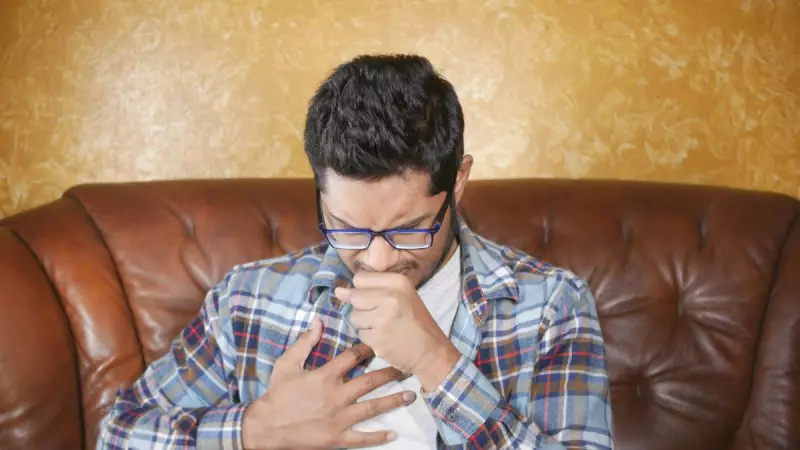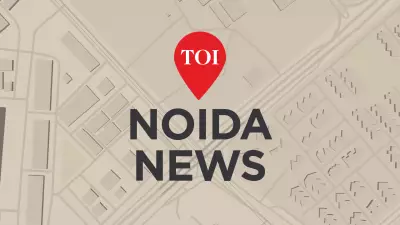
While most Delhi residents worry about breathing difficulties during smog episodes, medical experts are sounding the alarm about a much broader health crisis. The toxic air blanketing the capital is silently attacking multiple organs throughout your body, with consequences far beyond respiratory issues.
The Multi-Organ Assault of Delhi's Toxic Air
Recent medical studies reveal that the microscopic pollutants in Delhi's air—particularly PM2.5 particles—are small enough to enter your bloodstream and travel throughout your body, causing systemic damage.
Your Heart Under Attack
Cardiologists report increased cases of heart attacks, strokes, and irregular heartbeats during peak pollution days. The toxic particles trigger inflammation in blood vessels, increase blood pressure, and accelerate plaque buildup in arteries.
Brain and Neurological Damage
Emerging research shows pollution particles can cross the blood-brain barrier, potentially contributing to cognitive decline, memory problems, and increased risk of neurological disorders like dementia and Parkinson's disease.
Skin: The Silent Sufferer
Dermatologists are seeing more patients with premature aging, dark spots, eczema, and acne flare-ups. Pollutants generate free radicals that break down collagen and trigger inflammatory skin conditions.
Vulnerable Groups at Higher Risk
Children, elderly individuals, pregnant women, and people with pre-existing health conditions face the most severe consequences. For pregnant women, exposure has been linked to low birth weight and developmental issues in newborns.
Protective Measures You Can't Ignore
- Wear N95 or N99 masks consistently when outdoors
- Use high-quality air purifiers at home and workplace
- Limit outdoor activities during early morning and late evening hours
- Keep windows closed during high pollution periods
- Stay hydrated and consume antioxidant-rich foods
- Monitor air quality indexes regularly through reliable apps
As Delhi continues to battle this annual environmental emergency, understanding the full scope of health risks becomes crucial for every resident. The invisible threat in the air demands visible action from both authorities and individuals to protect long-term health.





